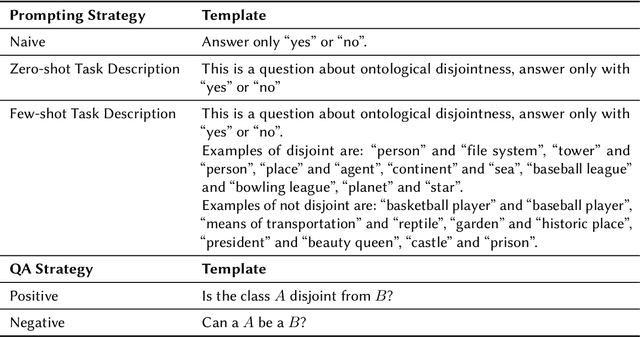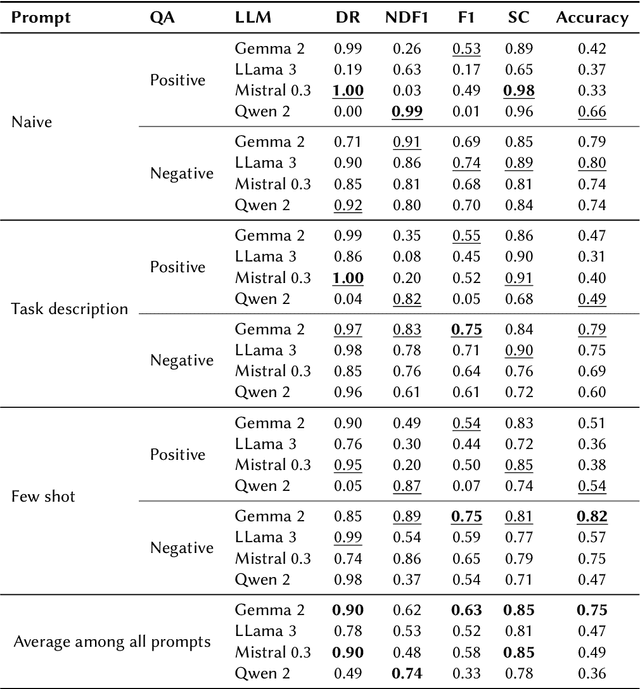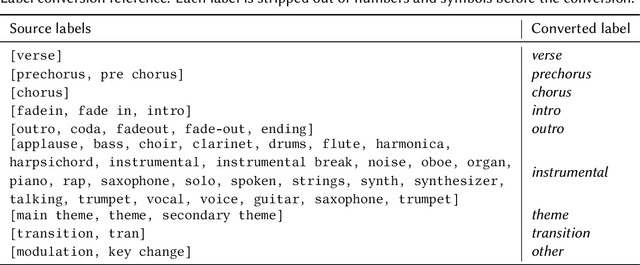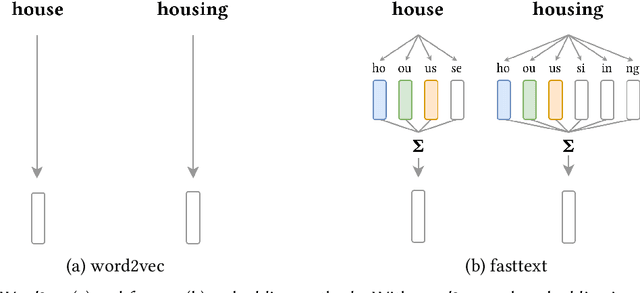Nicolas Lazzari
Musical Heritage Historical Entity Linking
Feb 13, 2025Abstract:Linking named entities occurring in text to their corresponding entity in a Knowledge Base (KB) is challenging, especially when dealing with historical texts. In this work, we introduce Musical Heritage named Entities Recognition, Classification and Linking (MHERCL), a novel benchmark consisting of manually annotated sentences extrapolated from historical periodicals of the music domain. MHERCL contains named entities under-represented or absent in the most famous KBs. We experiment with several State-of-the-Art models on the Entity Linking (EL) task and show that MHERCL is a challenging dataset for all of them. We propose a novel unsupervised EL model and a method to extend supervised entity linkers by using Knowledge Graphs (KGs) to tackle the main difficulties posed by historical documents. Our experiments reveal that relying on unsupervised techniques and improving models with logical constraints based on KGs and heuristics to predict NIL entities (entities not represented in the KB of reference) results in better EL performance on historical documents.
Semantic Web and Creative AI -- A Technical Report from ISWS 2023
Jan 30, 2025



Abstract:The International Semantic Web Research School (ISWS) is a week-long intensive program designed to immerse participants in the field. This document reports a collaborative effort performed by ten teams of students, each guided by a senior researcher as their mentor, attending ISWS 2023. Each team provided a different perspective to the topic of creative AI, substantiated by a set of research questions as the main subject of their investigation. The 2023 edition of ISWS focuses on the intersection of Semantic Web technologies and Creative AI. ISWS 2023 explored various intersections between Semantic Web technologies and creative AI. A key area of focus was the potential of LLMs as support tools for knowledge engineering. Participants also delved into the multifaceted applications of LLMs, including legal aspects of creative content production, humans in the loop, decentralised approaches to multimodal generative AI models, nanopublications and AI for personal scientific knowledge graphs, commonsense knowledge in automatic story and narrative completion, generative AI for art critique, prompt engineering, automatic music composition, commonsense prototyping and conceptual blending, and elicitation of tacit knowledge. As Large Language Models and semantic technologies continue to evolve, new exciting prospects are emerging: a future where the boundaries between creative expression and factual knowledge become increasingly permeable and porous, leading to a world of knowledge that is both informative and inspiring.
Explainable Moral Values: a neuro-symbolic approach to value classification
Oct 16, 2024Abstract:This work explores the integration of ontology-based reasoning and Machine Learning techniques for explainable value classification. By relying on an ontological formalization of moral values as in the Moral Foundations Theory, relying on the DnS Ontology Design Pattern, the \textit{sandra} neuro-symbolic reasoner is used to infer values (fomalized as descriptions) that are \emph{satisfied by} a certain sentence. Sentences, alongside their structured representation, are automatically generated using an open-source Large Language Model. The inferred descriptions are used to automatically detect the value associated with a sentence. We show that only relying on the reasoner's inference results in explainable classification comparable to other more complex approaches. We show that combining the reasoner's inferences with distributional semantics methods largely outperforms all the baselines, including complex models based on neural network architectures. Finally, we build a visualization tool to explore the potential of theory-based values classification, which is publicly available at http://xmv.geomeaning.com/.
Enriching Ontologies with Disjointness Axioms using Large Language Models
Oct 04, 2024



Abstract:Ontologies often lack explicit disjointness declarations between classes, despite their usefulness for sophisticated reasoning and consistency checking in Knowledge Graphs. In this study, we explore the potential of Large Language Models (LLMs) to enrich ontologies by identifying and asserting class disjointness axioms. Our approach aims at leveraging the implicit knowledge embedded in LLMs, using prompt engineering to elicit this knowledge for classifying ontological disjointness. We validate our methodology on the DBpedia ontology, focusing on open-source LLMs. Our findings suggest that LLMs, when guided by effective prompt strategies, can reliably identify disjoint class relationships, thus streamlining the process of ontology completion without extensive manual input. For comprehensive disjointness enrichment, we propose a process that takes logical relationships between disjointness and subclass statements into account in order to maintain satisfiability and reduce the number of calls to the LLM. This work provides a foundation for future applications of LLMs in automated ontology enhancement and offers insights into optimizing LLM performance through strategic prompt design. Our code is publicly available on GitHub at https://github.com/n28div/llm-disjointness.
Stitching Gaps: Fusing Situated Perceptual Knowledge with Vision Transformers for High-Level Image Classification
Feb 29, 2024Abstract:The increasing demand for automatic high-level image understanding, particularly in detecting abstract concepts (AC) within images, underscores the necessity for innovative and more interpretable approaches. These approaches need to harmonize traditional deep vision methods with the nuanced, context-dependent knowledge humans employ to interpret images at intricate semantic levels. In this work, we leverage situated perceptual knowledge of cultural images to enhance performance and interpretability in AC image classification. We automatically extract perceptual semantic units from images, which we then model and integrate into the ARTstract Knowledge Graph (AKG). This resource captures situated perceptual semantics gleaned from over 14,000 cultural images labeled with ACs. Additionally, we enhance the AKG with high-level linguistic frames. We compute KG embeddings and experiment with relative representations and hybrid approaches that fuse these embeddings with visual transformer embeddings. Finally, for interpretability, we conduct posthoc qualitative analyses by examining model similarities with training instances. Our results show that our hybrid KGE-ViT methods outperform existing techniques in AC image classification. The posthoc interpretability analyses reveal the visual transformer's proficiency in capturing pixel-level visual attributes, contrasting with our method's efficacy in representing more abstract and semantic scene elements. We demonstrate the synergy and complementarity between KGE embeddings' situated perceptual knowledge and deep visual model's sensory-perceptual understanding for AC image classification. This work suggests a strong potential of neuro-symbolic methods for knowledge integration and robust image representation for use in downstream intricate visual comprehension tasks. All the materials and code are available online.
Sandra -- A Neuro-Symbolic Reasoner Based On Descriptions And Situations
Feb 02, 2024Abstract:This paper presents sandra, a neuro-symbolic reasoner combining vectorial representations with deductive reasoning. Sandra builds a vector space constrained by an ontology and performs reasoning over it. The geometric nature of the reasoner allows its combination with neural networks, bridging the gap with symbolic knowledge representations. Sandra is based on the Description and Situation (DnS) ontology design pattern, a formalization of frame semantics. Given a set of facts (a situation) it allows to infer all possible perspectives (descriptions) that can provide a plausible interpretation for it, even in presence of incomplete information. We prove that our method is correct with respect to the DnS model. We experiment with two different tasks and their standard benchmarks, demonstrating that, without increasing complexity, sandra (i) outperforms all the baselines (ii) provides interpretability in the classification process, and (iii) allows control over the vector space, which is designed a priori.
Pitchclass2vec: Symbolic Music Structure Segmentation with Chord Embeddings
Mar 24, 2023



Abstract:Structure perception is a fundamental aspect of music cognition in humans. Historically, the hierarchical organization of music into structures served as a narrative device for conveying meaning, creating expectancy, and evoking emotions in the listener. Thereby, musical structures play an essential role in music composition, as they shape the musical discourse through which the composer organises his ideas. In this paper, we present a novel music segmentation method, pitchclass2vec, based on symbolic chord annotations, which are embedded into continuous vector representations using both natural language processing techniques and custom-made encodings. Our algorithm is based on long-short term memory (LSTM) neural network and outperforms the state-of-the-art techniques based on symbolic chord annotations in the field.
 Add to Chrome
Add to Chrome Add to Firefox
Add to Firefox Add to Edge
Add to Edge